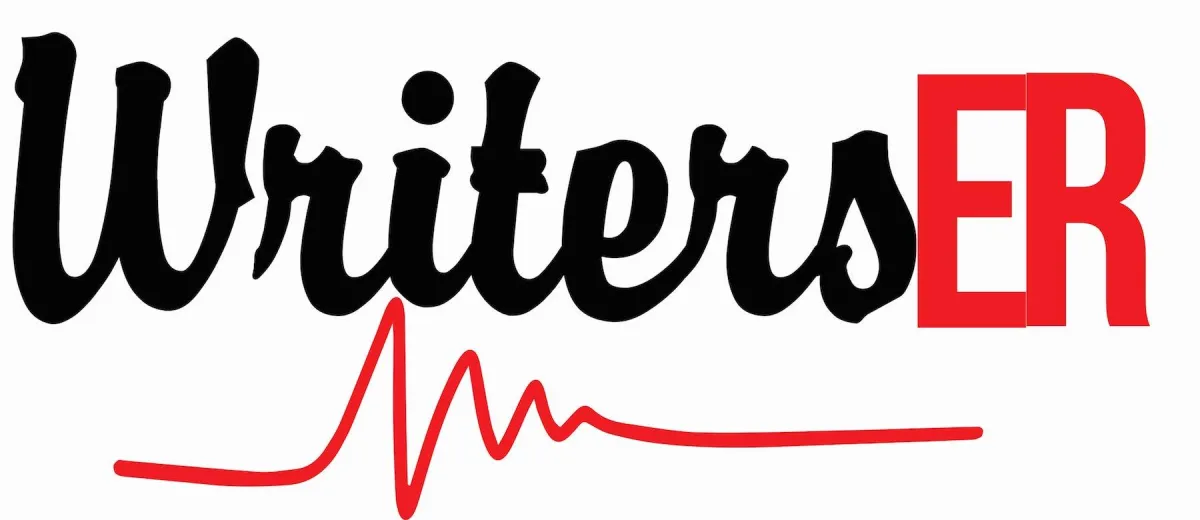BLOGS

Mastering Doctoral Dissertation Citations: A Comprehensive Guide to Referencing Techniques and Styles
Mastering Doctoral Dissertation Citations: A Comprehensive Guide to Referencing Techniques and Styles
1 Introduction
Writing a doctoral dissertation is an arduous and intellectually demanding process. One crucial aspect that distinguishes a well-researched and academically sound dissertation is the proper incorporation of citations and referencing. In this article, we will delve into the significance of citations and explore various citation styles and referencing techniques that are commonly used in doctoral dissertations.

2. Why Citations and Referencing are Crucial in a Doctoral Dissertation
Citations and referencing serve several essential purposes in a doctoral dissertation. Firstly, they give credit to the original authors and acknowledge their contributions to the field. Secondly, citations provide evidence for the arguments and claims made in the dissertation, thereby strengthening the overall credibility of the research. Furthermore, proper referencing allows readers to trace the sources, facilitating further research and verification.
3. Common Citation Styles for Doctoral Dissertations
3.1. APA (American Psychological Association) Style
The APA style is widely used in the social sciences and education disciplines. It emphasizes the author-date format for in-text citations and follows a specific structure for the reference list.
3.2. MLA (Modern Language Association) Style
MLA style is primarily used in the humanities and arts. It employs the author-page format for in-text citations and has a unique approach to formatting the bibliography.
3.3. Chicago Style (Turabian)
The Chicago style is commonly used in history, religion, and social sciences. It offers two citation systems: notes and bibliography, and author-date.
3.4. Harvard Referencing Style
Harvard style is popular in various disciplines and uses an author-date format for in-text citations. It emphasizes concise referencing within the text.
4. Choosing the Right Citation Style
Selecting the appropriate citation style depends on the subject area and the requirements of the academic institution. Scholars must carefully follow the guidelines provided by their department or supervisor.
5. Understanding In-Text Citations and Bibliographies
In-text citations and bibliographies are integral parts of any citation style.
5.1. In-Text Citations
In-text citations appear within the body of the dissertation and provide brief information about the source, enabling readers to locate the full reference in the bibliography.
5.2. Bibliographies/Works Cited/References
The bibliography, works cited, or references section provides a complete list of all sources cited in the dissertation, allowing readers to verify the information and explore the cited works.
6. Citing Different Sources in a Doctoral Dissertation
Various types of sources need to be cited in a doctoral dissertation.
6.1. Books
Citing books requires attention to the author's name, title, publication year, publisher, and page numbers.
6.2. Journal Articles
Journal article citations include the author's name, article title, journal name, volume, issue, publication date, and page range.
6.3. Websites and Online Sources
Citing online sources involves providing the website's name, URL, publication date, and access date.
6.4. Theses and Dissertations
When citing other theses or dissertations, scholars must mention the author, title, university, year, and accession number.
6.5. Conference Papers
Citing conference papers requires information about the author, paper title, conference name, date, and location.
7. Avoiding Plagiarism and Academic Misconduct
Understanding and avoiding plagiarism is crucial in scholarly writing.
7.1. Understanding Plagiarism
Plagiarism involves using someone else's work or ideas without proper acknowledgment.
7.2. Tips to Avoid Plagiarism
Properly cite all sources, use quotation marks for direct quotes, and paraphrase ideas while giving credit to the original authors.
8. Advanced Citation Techniques and Tools
Advanced techniques and tools can assist in proper citation management.
8.1. Citing Multimodal Sources
Scholars may encounter various sources like images, audio, or video, requiring specific citation formats.
8.2. Citing Secondary Sources
When citing secondary sources, scholars must acknowledge both the original work and the work that references it.
8.3. Using Citation Management Software
Citation management software like EndNote or Zotero helps scholars organize and format references.
8.4. Online Citation Generators
Online citation generators simplify the process of creating accurate citations.
9. The Role of Referencing in Strengthening Academic Arguments
Proper referencing bolsters the quality of academic arguments.
9.1. Providing Credibility to Your Research
Well-crafted references and citations lend credibility to your research by showing that your work is based on existing scholarly literature and relevant sources. By citing reputable and authoritative works, you demonstrate that your ideas and findings are grounded in the established body of knowledge, which adds weight to your arguments.
9.2. Demonstrating a Comprehensive Literature Review
Incorporating a comprehensive literature review in your doctoral dissertation is essential for showcasing your understanding of the subject matter and its historical context. Proper citations allow readers to explore the sources you consulted during your research, providing a glimpse into the breadth and depth of your engagement with existing literature.
9.3. Facilitating Reproducibility and Verification
Transparent referencing enables other researchers to replicate and verify your findings, contributing to the credibility of your work within the academic community. By citing primary sources and making your research transparent, you contribute to the collective knowledge base in your field.
10. Tips for Effective Referencing in a Doctoral Dissertation
Mastering the art of referencing enhances the quality of your dissertation.
10.1. Keeping Track of Your Sources
Maintain a well-organized system for keeping track of all the sources you consult during your research. This could be in the form of a digital reference manager or a physical folder. Accurate records help avoid last-minute scrambling for missing citations.
10.2. Reviewing and Editing References
Regularly review and edit your references to ensure they adhere to the citation style guidelines. Inconsistencies or inaccuracies in citation format can detract from the overall professionalism of your work.
10.3. Seeking Expert Help
If you are unsure about how to cite a particular source or need guidance on citing specialized materials, don't hesitate to seek assistance from your advisor or a librarian. Proper citation is an essential skill in academic writing, and seeking help when needed will improve the quality of your dissertation.
11. Balancing Perplexity and Burstiness in Citations
11.1. The Importance of Perplexity
Perplexity refers to the diversity and variety of sources you cite in your dissertation. Striving for a balanced and diverse set of references showcases a well-rounded understanding of the topic and enhances the depth of your research.
11.2. Emphasizing Burstiness in Relevant Areas
Burstiness refers to the concentration of citations in specific areas of your dissertation. Emphasizing burstiness in relevant sections can highlight key concepts, central arguments, or significant findings, drawing readers' attention to the most critical aspects of your research.
12. Maintaining Specificity and Context in Citations
While it is essential to provide accurate citations, it is equally important to ensure that each citation is relevant and adds value to your arguments. Avoid overloading your dissertation with excessive citations that might disrupt the flow of your writing or confuse the reader.
13. Writing Citations and References in a Conversational Style
Contrary to common misconceptions, citing sources does not have to be a dull and tedious task. By incorporating citations in a conversational style, you can seamlessly integrate them into your narrative, making your dissertation engaging and reader-friendly.
14. Conclusion
In conclusion, mastering the art of citations and referencing is a crucial skill for doctoral candidates. Properly citing sources not only gives credit to original authors but also strengthens the credibility of your research and allows for further verification. The choice of citation style should align with your field of study and institutional guidelines. By maintaining perplexity and burstiness in your citations, you can demonstrate a well-rounded understanding of the topic while emphasizing key aspects of your research. Specificity and context are vital to ensure that each citation contributes meaningfully to your dissertation.
Remember, seeking expert guidance and diligently managing your sources are essential steps to achieve impeccable referencing. So, embrace the world of citations with confidence, and let your doctoral dissertation shine as a beacon of knowledge in your chosen field.
FAQs
What happens if I don't include citations in my doctoral dissertation?
Omitting citations can lead to accusations of plagiarism, which is a severe academic misconduct. Properly citing sources is essential for giving credit to original authors and avoiding ethical issues.
Is there a standard citation style for all doctoral dissertations?
No, different fields and institutions may have specific preferences for citation styles. It's essential to follow the guidelines provided by your department or supervisor.
Can I use citation management software for my dissertation?
Absolutely! Citation management software like EndNote or Zotero can greatly simplify the process of organizing and formatting your references.
How many citations should I include in my dissertation?
There is no fixed number of citations that should be included. The key is to provide enough references to support your arguments and demonstrate a thorough literature review.
What should I do if I cannot find the original source of a reference I want to cite?
If you cannot access the original source, try to find a secondary source that references the original work. Make sure to provide proper attribution to both the primary and secondary sources in your citation.
Uncover valuable insights and techniques for mastering citations and referencing. Acknowledging the original authors through proper citations not only gives them credit but also boosts the credibility of your research, enabling further validation. Don't wait; schedule a consultation with WritersER for personalized strategies that could fast-track your approval process in just six months or less. Click here to book an admission interview call!
